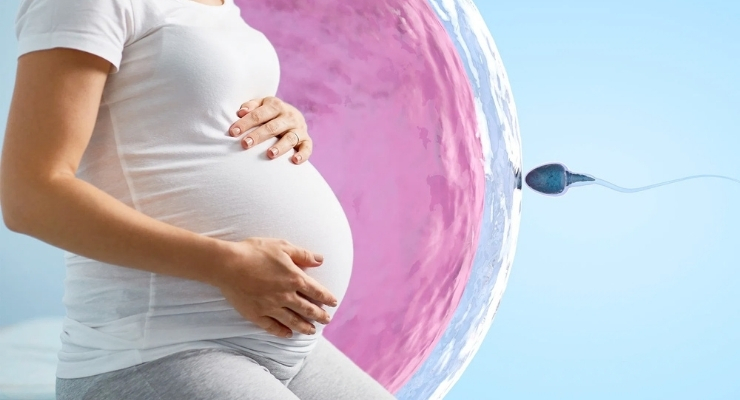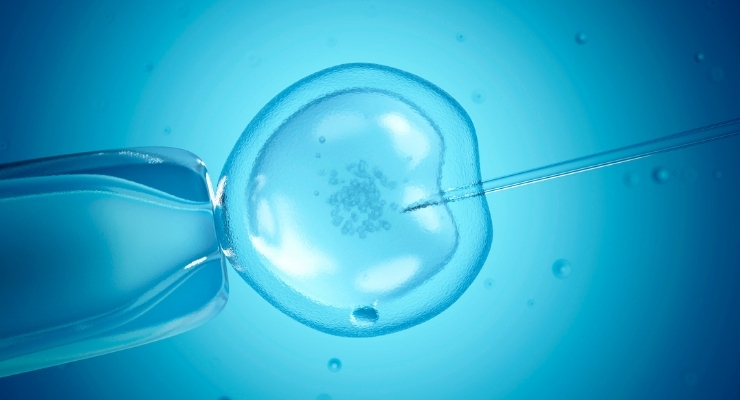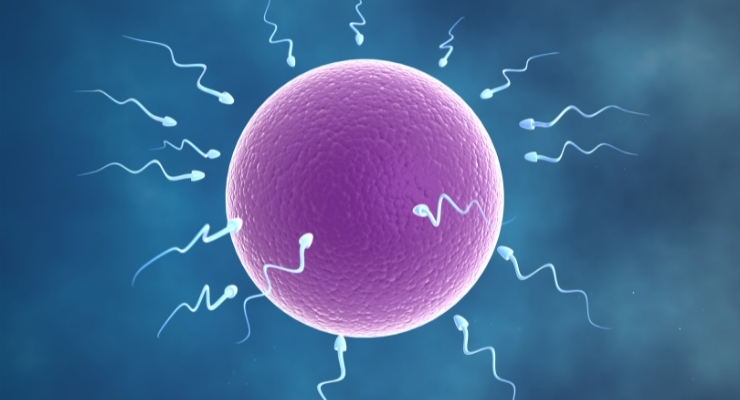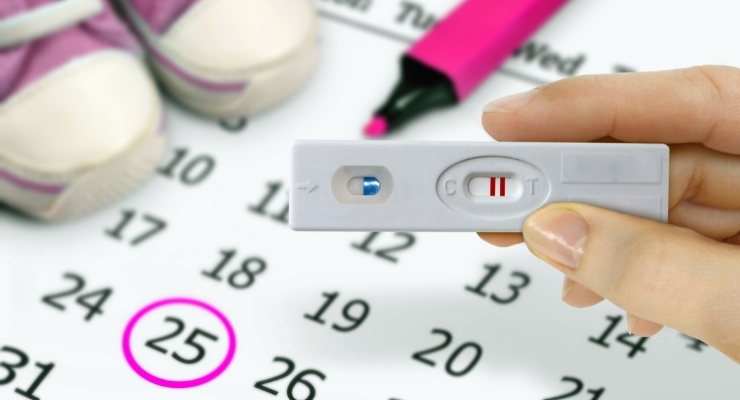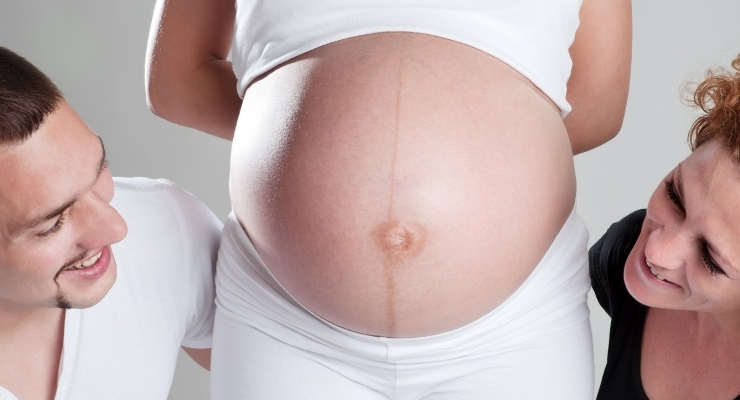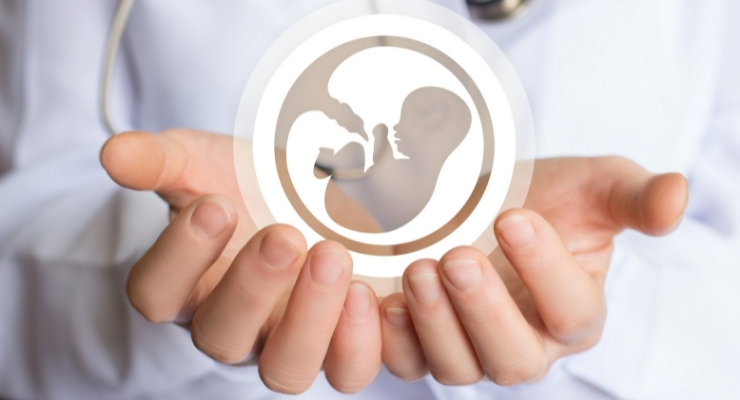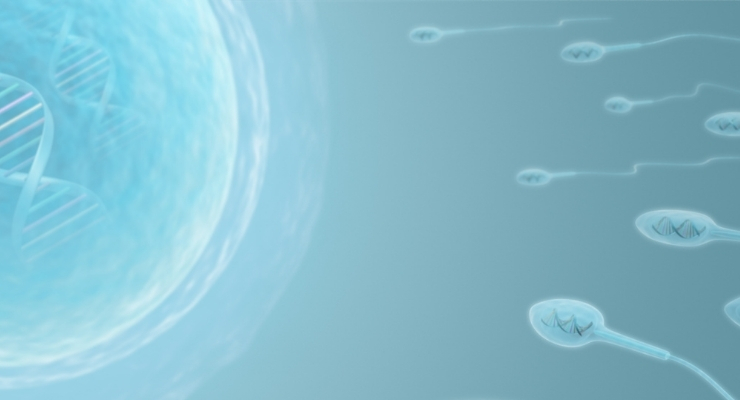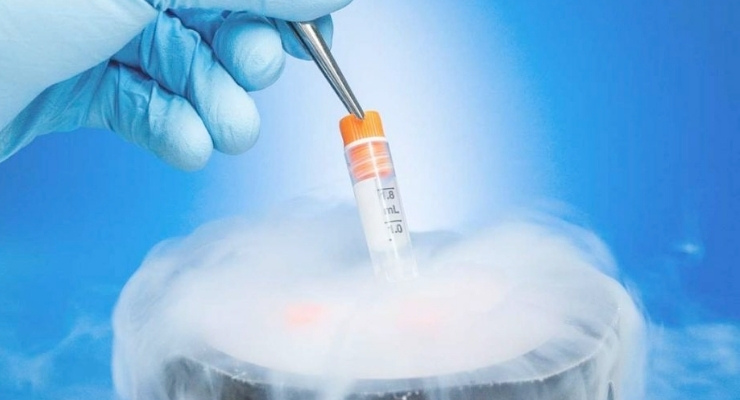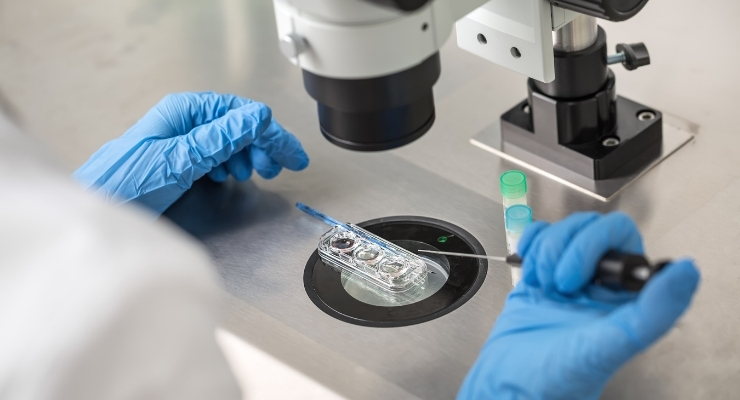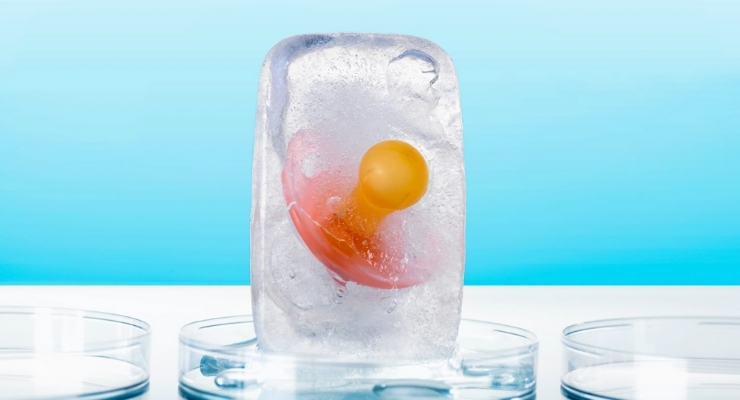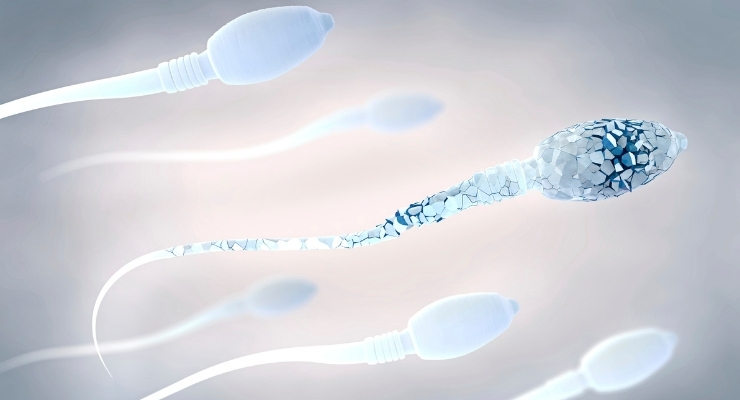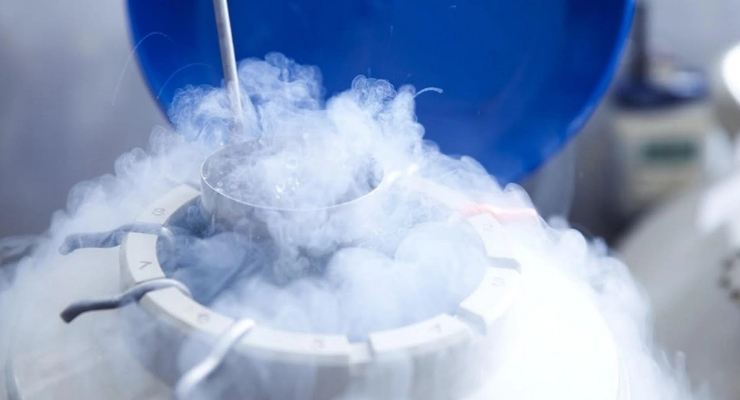IVF

In-vitro fertilization (IVF in Greece) is the process used to overcome fertility problems and involves the fertilization of an egg outside the body.
In-vitro fertilization (IVF in Greece) is the process whereby the eggs are fertilized by a sperm outside of the body, i.e. in laboratory conditions. The fertilized egg (embryo) develops and is transferred to the uterus a few days later. The treatment can be performed using your own eggs and sperm or using either donated sperm or donated eggs, or both.
IVF treatments in Greece are performed so the couple can overcome fertility problems, such as:
- Blocked fallopian tubes
- Male factor infertility
- Ovarian factor infertility
- Previous unsuccessful insemination attempts
- Unexplained infertility
IVF process / stages
Ovarian stimulation
The ovaries are stimulated so that more than one egg may be produced. This is achieved with administration of pharmaceutical treatment, either mild (pills) or more effective (gonadotropins). Gonadotropins are administered by subcutaneous injection, usually for about 10-12 days.
Before stimulation begins, an ultrasound is usually performed on day 2 or 3 of the period, to determine whether the conditions are ripe to begin.
Monitoring
During ovarian stimulation, the development of the ovarian follicles is monitored via transvaginal ultrasounds (3-4) and measurement of certain hormone levels.
Depending on the stimulation protocol followed each time, a second injection that prevents premature ovulation may be administered towards the end of the stimulation, for a few days.
When most ovarian follicles reach a diameter of 17-20 mm, a trigger shot is administered for their final maturation. The egg retrieval is scheduled for 35-36 hours later.
Egg (Oocyte) Retrieval
It is a process whereby the ovarian follicle fluid is aspirated transvaginally using a needle under ultrasound-guidance. The procedure is performed under conscious sedation and lasts around 10 minutes. The aspirated fluid is examined under microscope by embryologists to locate the eggs.
Once the egg retrieval has been concluded, you will be informed of the number of eggs collected.
After egg retrieval, you will remain in the area for 30-60 minutes or as long as deemed necessary by the medical staff, before you are ready to depart.
Pain after egg retrieval is expected to be mild and it subsides as the day goes by. It is a well-tolerated procedure, which does not usually require painkillers and women may return to work on the following day.
Fertilization
Under specific laboratory conditions, the eggs are then placed together with a quantity of sperm, so that fertilization may be achieved. Microfertilization (ICSI) may be performed if deemed necessary, such as in the case of low sperm count. On the day after egg retrieval, the couple is informed as to whether fertilization was achieved.
Embryo transfer
The fertilized eggs, i.e. the embryos, remain in incubators that mimic conditions in the womb. Some of the embryos that develop well are chosen to be transferred back to the uterus.
Embryo transfer usually takes place on the day 2 to 3 stage or on the day 5 stage (blastocyst).
The couple is informed by the embryologists or the treating physician of the quantity of embryos and the number that will be transferred to the uterus.
It is a painless procedure that is performed without anesthesia.
The embryo(s) to be transferred are aspirated with a thin, flexible catheter and then placed in the uterine cavity under ultrasound guidance.
Embryo Cryopreservation
Any embryos of satisfactory quality that were not transferred to the uterus are placed in cryopreservation for future use.



